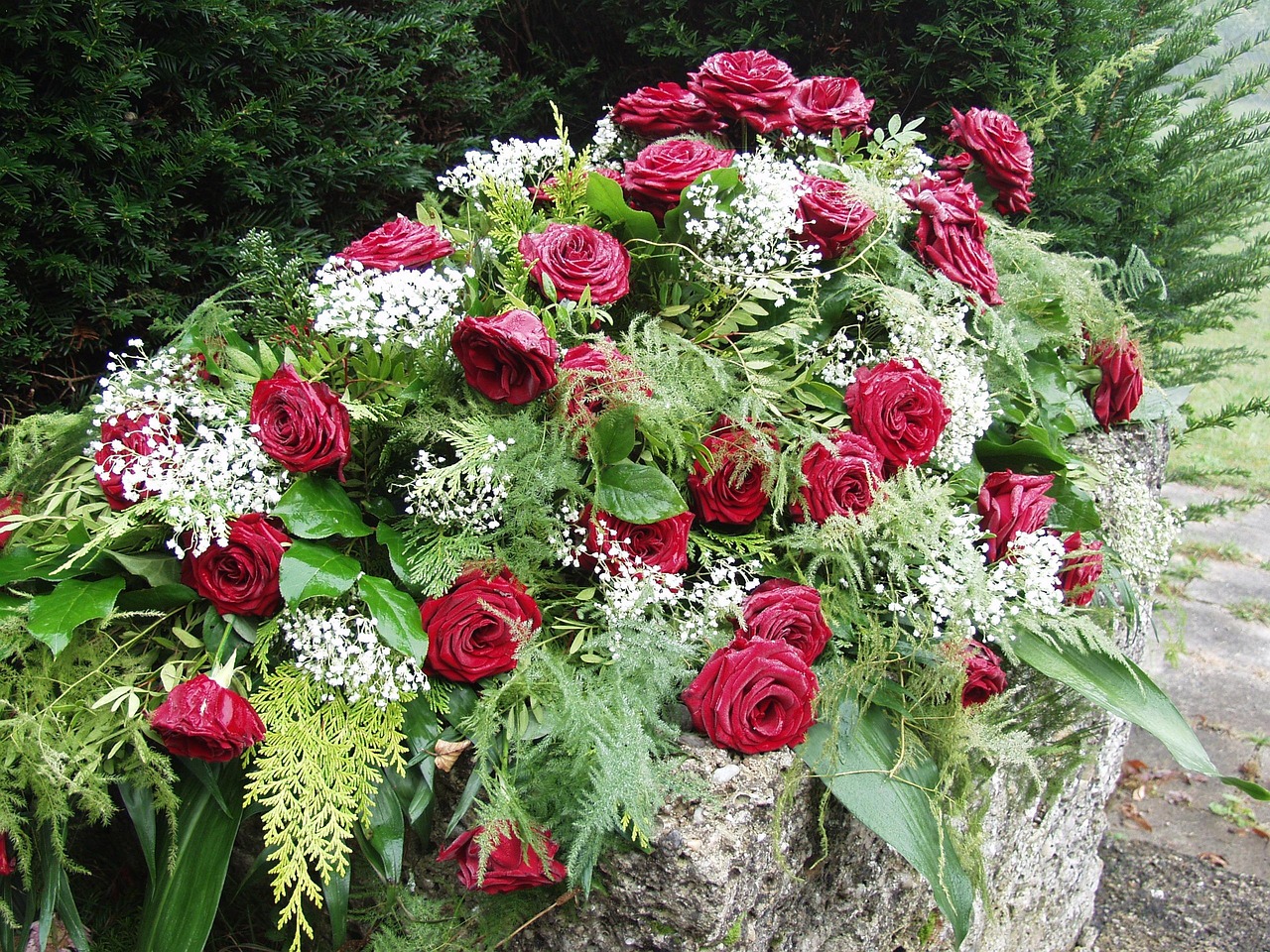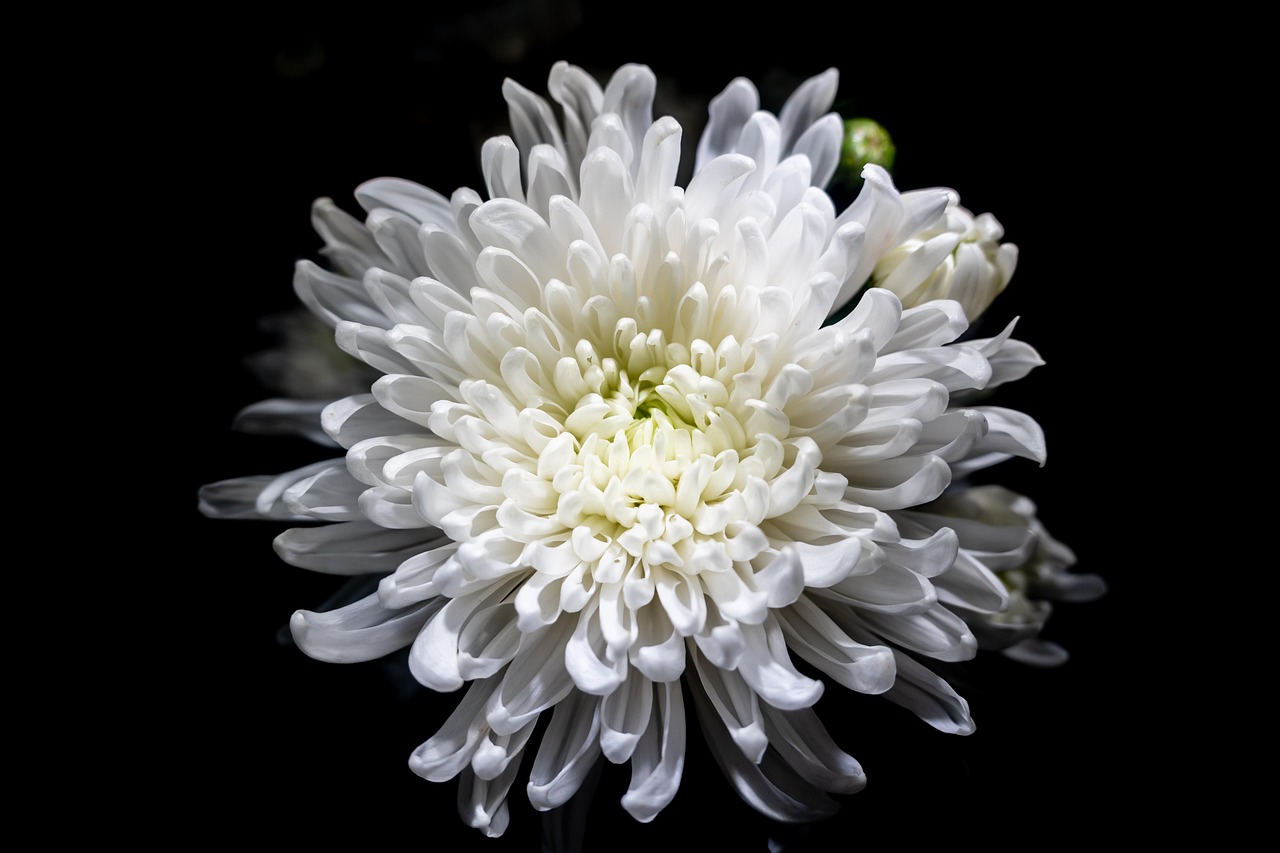Your Garden in March
Your Garden in March is a transitional month in the garden, bridging the quiet dormancy of winter with the vibrant awakening of spring. While the days lengthen and the temperature gradually rises, the soil begins to soften, and the first green shoots push their way up, heralding the return of life. My garden in March is a place of promise, anticipation, and hard work, as I prepare for the season ahead and enjoy the first bursts of colour and fragrance.
The Awakening of the Garden
The most noticeable change in March is the stirring of the perennials. Snowdrops, crocuses, and daffodils make their appearance, their delicate blooms standing bravely against the still-chilly air. In shaded corners, hellebores nod their heads, offering deep purples, soft pinks, and creamy whites that contrast beautifully with the dark, damp soil. The once-bare branches of shrubs and trees begin to show hints of life, with the first buds swelling and, in some cases, tiny leaves unfurling. Forsythia, with its bright yellow flowers, is often one of the earliest shrubs to bloom, a joyful splash of sunshine against the gray of March skies.
The grass, which has lain dormant for months, begins to green up as temperatures rise. The lawn will need its first trim soon, though I always leave it a little longer to allow early pollinators to benefit from low-growing flowers like daisies and clover. Moss, often abundant after winter rains, thrives in damp corners, and I take stock of any areas that may need attention once drier weather arrives.
Preparing the Beds
March is a time of preparation in my garden. The vegetable beds, which have rested under a layer of mulch, need turning over and enriching with compost. Any overwintered crops, like leeks and kale, are harvested to make way for new plantings. The first seeds—lettuce, spinach, and radishes—go into the ground, their germination encouraged by the lengthening days. Hardy peas and broad beans, sown in late winter, are now beginning to show, their tender shoots pushing up towards the light.
In the flower beds, I cut back the last of the dead growth from perennials, making way for fresh new shoots. Roses, if not already pruned, get their annual trim, shaping them and removing any dead wood to encourage strong growth. I also take the opportunity to divide perennials that have grown too large, sharing extra plants with neighbours and spreading colour throughout different areas of the garden.
Mulching is an essential task in March. A fresh layer of organic mulch, such as well-rotted manure or leaf mould, helps suppress weeds, conserve moisture, and provide nutrients for plants as they emerge. The rich, dark layer also enhances the overall appearance of the beds, giving them a neat and cared-for look.
The Wildlife in March
With the return of plant life comes the return of wildlife. Birds, busy with nesting preparations, flit about gathering twigs and moss. Robins, blackbirds, and blue tits are frequent visitors, their songs filling the air as they establish territories and attract mates. I keep bird feeders topped up, offering sunflower seeds, peanuts, and suet balls to provide extra energy during this crucial time.
Frogs and toads emerge from their winter hiding places, making their way to the pond where they will spawn. The water, still cold, begins to show signs of new life—water snails reappear, and the first pond skaters dance across the surface. Soon, clusters of frogspawn will dot the shallow edges, promising a new generation of amphibians.
Insects, too, begin to stir. On warmer days, bees venture out in search of nectar, visiting early flowers like crocuses, hellebores, and lungwort. Ladybirds awaken from their winter shelters, ready to feast on the first aphids of the season. March is a time of gradual reawakening, with each day bringing more movement and activity.
Sowing and Planting
March is one of the busiest months for sowing seeds. Indoors, I start tomatoes, peppers, and aubergines on sunny windowsills, giving them a head start before they can be moved to the greenhouse or outdoors. Hardy annuals such as sweet peas, calendula, and cornflowers are sown directly into the garden, ensuring a colourful display later in the year.
Early potatoes go into the ground, their chitted sprouts ready to produce a good crop by early summer. Onion sets and shallots are planted in neat rows, while garlic, which was started in autumn, continues to establish itself. Herbs like parsley, chives, and coriander are sown in pots, ensuring a steady supply for the kitchen in the months ahead.
The Unpredictability of March
Despite all the signs of spring, March can be unpredictable. Some days bring warm sunshine, coaxing more flowers into bloom, while others remind us that winter has not fully loosened its grip. Frosts are still common, and I keep horticultural fleece on hand to protect tender plants. A late snowfall is not out of the question, and strong winds can damage emerging shoots and delicate blossoms. Gardening in March requires patience and flexibility, as the weather often dictates what can and cannot be done on any given day.
Looking Ahead
As March draws to a close, the garden is firmly on its way to full spring glory. Buds on fruit trees swell, promising future harvests of apples, pears, and cherries. Tulips, planted in autumn, begin to show their first hints of colour, preparing for their spectacular April display. The greenhouse fills with seedlings, and the garden hums with the energy of a new growing season.
March is a time of renewal, of reconnecting with the soil and making plans for the months ahead. It is a month of hard work but also of joy, as each day brings fresh discoveries and small victories. My garden in March is a place of promise—a bridge between the quiet rest of winter and the exuberance of spring, where life stirs once more, and the cycle of growth begins anew.



